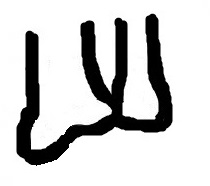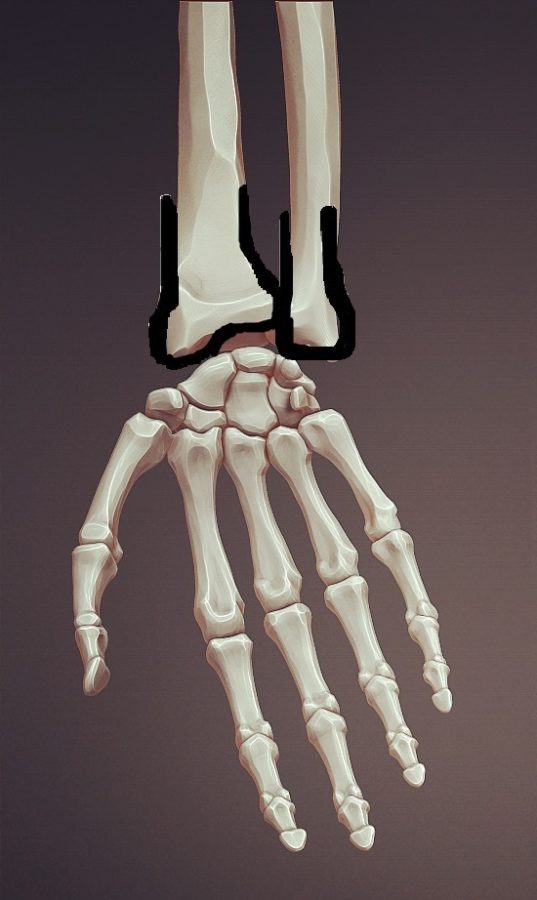What do you see? Stare the picture straight in the face and complete the image.

Do you see this?

What about this?
This is what medical school students see.

Medical school students see it everywhere, in everything, and it’s not a choice. It’s merely a package deal that they all must face. The pressure and overload of information twists their minds so that everything screams, “STUDY!” Because when studying is the main priority, a tomato is not a tomato anymore. A finger is not a finger. And never again will a watch be just a watch.
Instead of just seeing the time, they are subconsciously reminded of the aneroid blood pressure gauge (sphygmomanometer). This leads them to mentally review the healthy blood pressure range for each age group. Take a finger for another example. It’s not a finger. It’s a digit with three phalanges, DIP and PIP joints, and attaches to the flexor and extensor tendons. Others take it all the way and mentally list the eight carpal bones. It’s one long chain that’s hard to stop, and it’s the medical school memorization paranoia who’s to blame. Even on a day off, compulsive flashbacks of facts and information is a forced study guide.
Take a look at this: A medical school student had something similar happen to her on her “A Day in the Life of a Second Year Medical School Student” YouTube video.
(It’s approximately 6 minutes and 15 seconds into the video.)
One moment captured, while the rest of the delusions stay locked away in the minds of those who are constantly fixated on success in school.
Those who don’t see medicine at random should. To be reminded of a pumping heart every time you eat a tomato is haunting for some, but it’s also what will make a student doctor apply his education to his actual practice, which is what the goal of every medical school student should be. Because knowing how the respiratory sounds should be and actually hearing that something is wrong, takes the “application skill.” It’s also true when it comes to labeling the bones in the human body.
After the first year of medical school, students should already excel at this. That being said, being able to identify them on a diagram or even x-ray is a lot simpler than knowing where to spot them on a person. For example, would the physician know which bone is the problem when a patient comes in with pain in his wrist?
Using this skill takes practice, but graduates who are able to see “medicine” all around them have this advantage. Medical school memorization paranoia is the easiest tool for the application skill. It’s a gift. It is a constant reminder for students that medical school can’t be just something that I do, it is the thing I do.

